Today’s leg in Route to Christmas takes us to the WOC 2016 area – we are only one kilometer away on the other side of the fjord. That is probably also part of the reason why we have so many top names on the startlist on a cold November day.
Thanks to Eva Jurenikova for the tip – which was accompanied with a small analysis of the leg written by Øyvind Helgerud. The GPS-tracking is again provided by Loggator here.
The leg is as usually first provided without routes – you may take a look at it and think about how you would attack this leg (if the image is too small, you may click on it to get it larger). Some information about the terrain up front – to make it easier for those of you not familiar with this type of terrain: The marshes are quite wet – especially at this time of year. Still, the marshes aer usually flat and some of them may actually be quite fast. You need a lot of experience in the terrain to understand from the map which marshes can be OK to run in.
Often the best place to run in this type of terrain is on the top of the hills rather than in the valleys – at least in areas where the rock symbol or the light yellow symbol is used on the hilltops. Be a bit more careful on those hills where there are small marshes. Also the hillsides may be quite well runnable – again be careful in areas with small marshes. The light green areas in the valleys may sometimes be very well runnable, but it may be risky as it may also be slow. Again, experience is the key to understanding when the light green may be nearly as fast as other areas.
Location
You find other maps from the area in omaps.worldofo.com here. See also latest additions in 3DRerun from this area in order to learn more about this terrain type.
Webroute
Next you can draw your own route using the ‘Webroute’ below. Think through how you would attack this leg, and draw the route you would have made. Some comments about why you would choose a certain route are always nice for the other readers.
Then you can take a look at how the runners have solved this leg below. This time I’ve “gone a bit crazy” with the analysis, and put up a lot of illustrations to test some of the newest features in 2DRerun – just skip over to somewhere else when you have got enough… The first three are probably enough for most of you though – showing first nearly all routes colored by time, then all men colored uniquely, and finally only the women’s routes colored by time.
Even though the level of the runners here is quite varying, you can already see here that a direct variant is the fastest (e.g. Dæhlie, Kratov). You can however lose quite a lot of time on wrong micro-routechoices on the direct route. Note also that interestingly enough the fastest woman run to the left – probably because few took the direct variant and it was not executed well enough.
- Helgerud writes: – I think a direct variant was fastest. It gives more climb, but it is easier to run on the hilltops – less undergrowth and more bare rock.
- He continues about the rightmost routechoice (e.g. Adamski): – The rightmost route is too slow because the marshes are wet – especially at the last lake. And the runnability in the green is maybe not very good. I would personally be skeptical to choose a route with that much green.
- Finally about the leftmost route (e.g. Halland Steiwer, Volynska): – Not many took this route, but it was maybe not that bad. The problem is that the open marsh is very slow. At this time of year that should not be a surprise – I would avoid that at any cost. By staying a bit more up in the hillside and going a bit more direct at the end, I think one could run this faster.
I will add some more thoughts below for some of the illustrations.
Men
The three fastest are direct variants of Dæhlie, Kratov and Eliasson – more about Dæhlie vs Kratov further down. Fourth is Adamski who loses 3+ minutes by going right. At least two of these minutes – probably more – is due to routechoice. Håkon Raadal Bjørlo goes first direct and then in the marsh at the last part of the leg. This marsh-running at the last part loses him nearly a minute I would guess – so slow is this marsh (which you could kind of guess from the map). Håkon Sævareid runs to the left all the way – but it is difficult to evaluate how much he loses as he is quite much slower than the others. More about that in the women’s analysis below.
Women
Taking a look at the women separately (note that Volynska’s GPS does not go to the control and therefore the end of the leg is modified), you can see that Hallan Steiwer is fastest by going left. Johansson is 45 seconds behind going direct – but as you will see further down that time is mostly lost because she takes one big hill extra (Johansson is strong, but still that costs power & time) in the middle of the leg. Volynska runs all the way to the left – and this route actually seems to be equivalent with Hallan Steiwers route (they are equal on this part – Volynska loses all the time in the last part of the marsh). Palmer seems to run a close to ideal route choice – avoiding the hills and chosing the runnable parts of the terrain, but the speed is not good enough.
Dæhlie vs Kratov
Kratov loses about 20 seconds to Dæhlie, but it could have been even a bit more as Dæhlie loses some time towards the end of the leg. Dæhlie saves some speed and knows where the runnability is good – avoids those “red areas” of Kratov.
Dæhlie vs Adamski
Here you see how there are quite a few “red areas” on Adamski’s route – especially around the lakes and the green uphill after the second lake – too many to allow him to run 500 meters longer than Dæhlie. Note how the average speed of Adamski on his route is 6:35 min/km compared to Dæhli’s 6:27 min/km. Thus, Dæhlie is even faster on average with those extra hills (if you count the meters, Dæhlie does not take that many extra, though).
Dæhlie vs Raadal
Here you see how Raadal loses 2:05 on that last 30% of the leg while he lost around 1:30 on the first 70% on the leg. The marsh definitely cost him a lot of time.
Women – Steiwer vs Volynska
This illustration simply shows that the first half of Volynska’s route is at least as fast as Steiwer’s. Note also how Volynska loses a lot of time in that last part of the marsh.
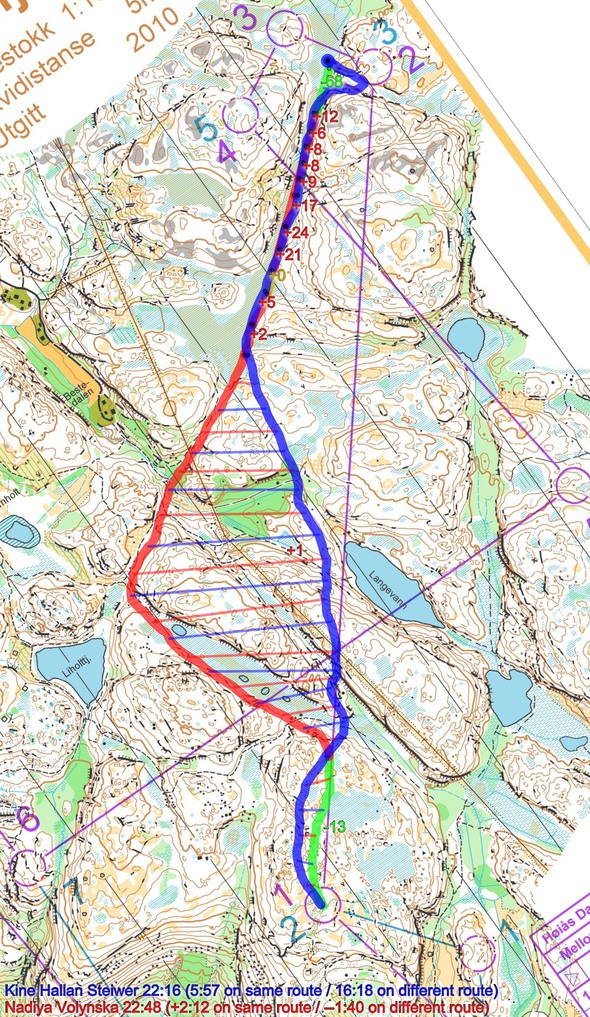
Women – Steiwer vs Johansson
In this illustration the blue/red areas indicate areas where the pace is slower than 10:45 min/km. First, note how the runnability in the marsh on Steiwer’s routechoice changes. The first part of the marsh is quite fast – in the second part the speed is 30% slower.
When looking at Johansson’s route, you can see that Johansson takes two significant hills more than Dæhlie did – and this is where it is slow. In addition there seems to be some insecurity when closing in on the control – also losing som time. The passing of the first significant leg of Johansson (at the power line) is also not ideal, running to much zig-zag to try to avoid climb (which was not really possible here). Johansson has probably lost nearly a minute on the micro-routechoices here.
Women: Steiwer vs Chataing
For completeness, also a comparison between Chataing and Steiwer. Note how Chataing loses more time into the control than up that last hill.
Density map
See below for a density map of some of the ones who have drawn their routes so far.
Additional information
You find the complete map in omaps.worldofo.com at this location.
Route to Christmas series
The Route to Christmas series at World of O has been very popular the last years – and I have therefore decided to continue the series this Christmas as well. If you have got any good legs in RouteGadget, GPSSeuranta or 3DRerun from 2014-competitions – or old forgotten ones which are still interesting – please email me the link at Jan@Kocbach.net, and I’ll include it in Route to Christmas if it looks good. Route to Christmas will not be interesting if YOU don’t contribute.
Not all legs are taken for the interesting routechoice alternatives – some are also taken because the map is interesting – or because it is not straightforward to see what to do on a certain leg. Any comments are welcome – especially if you ran the event chosen for todays leg!
Note that there may be some errors in the Routegadget data (sometimes somebody draws a route for another runner just for fun). Please add a comment below if you spot en error.
 World of O News
World of O News
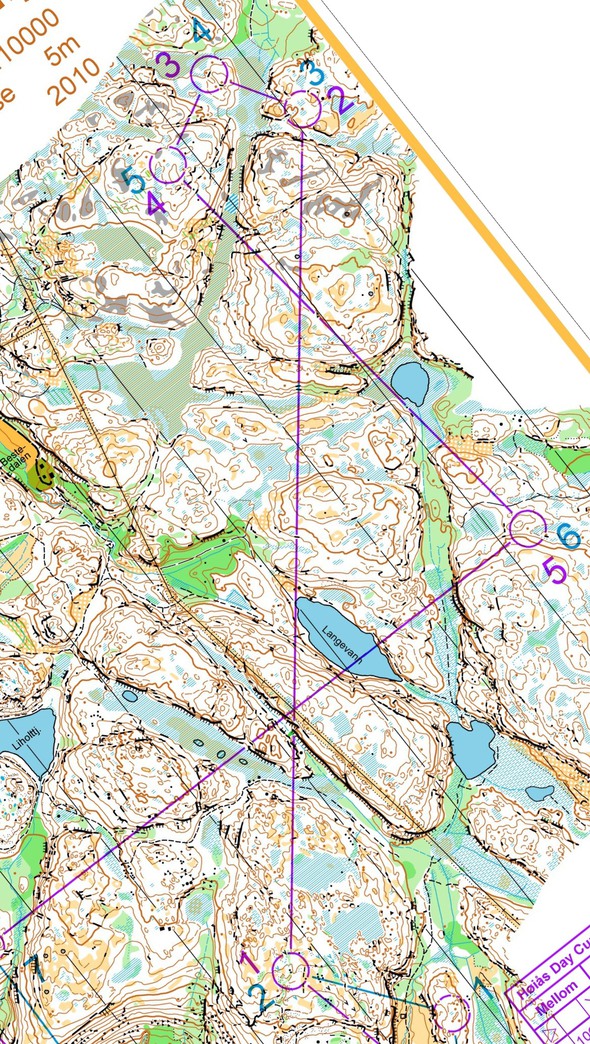
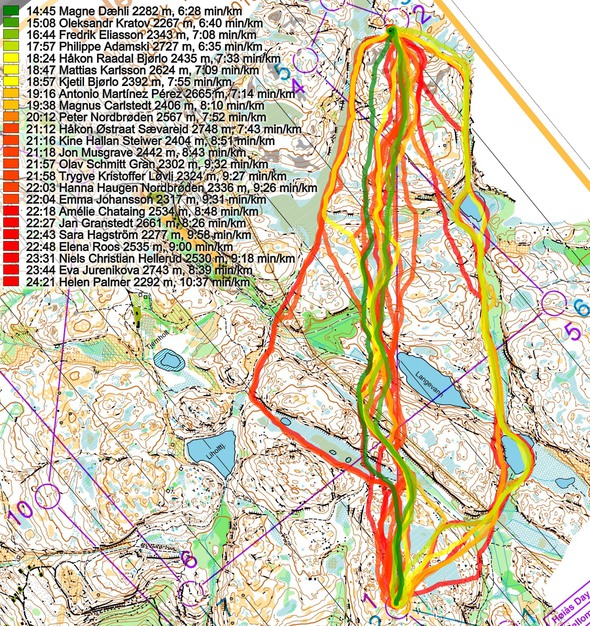
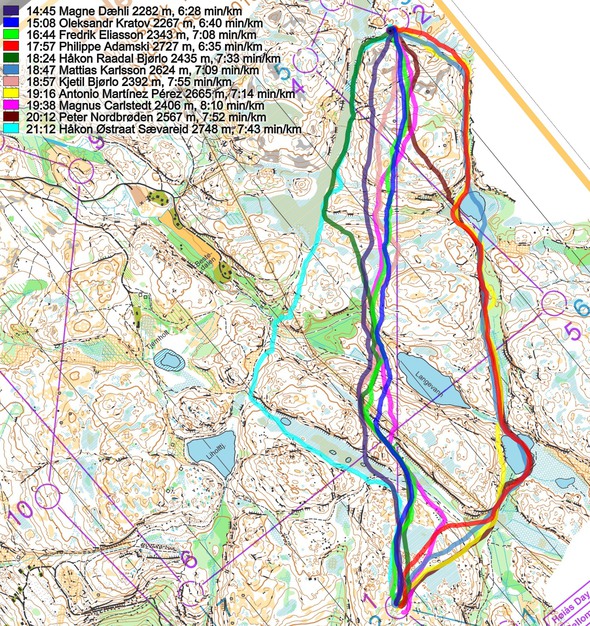
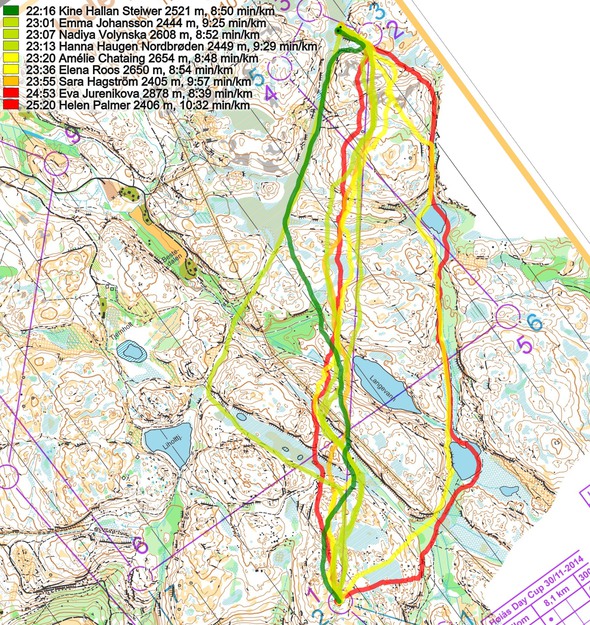
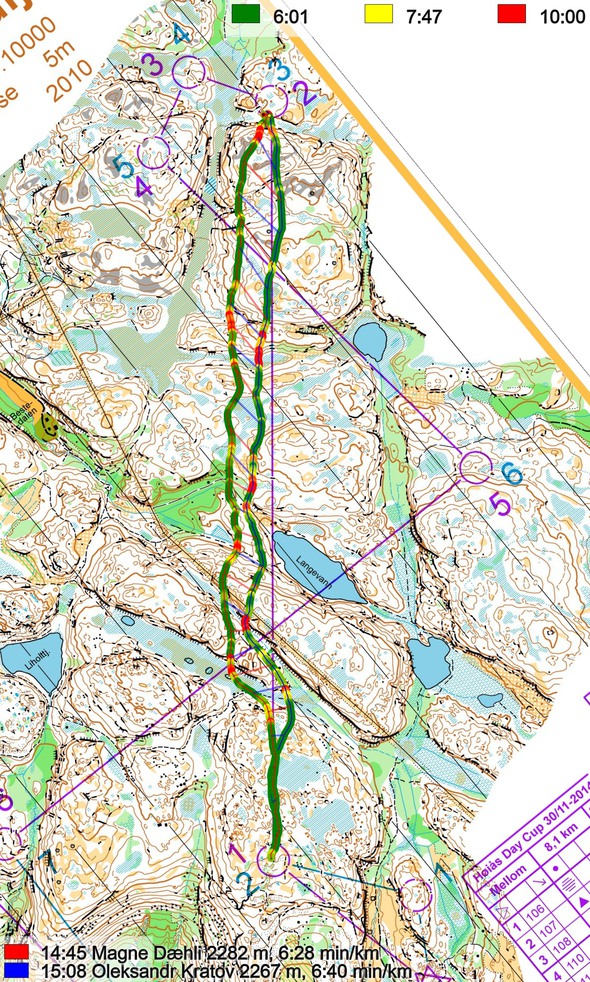
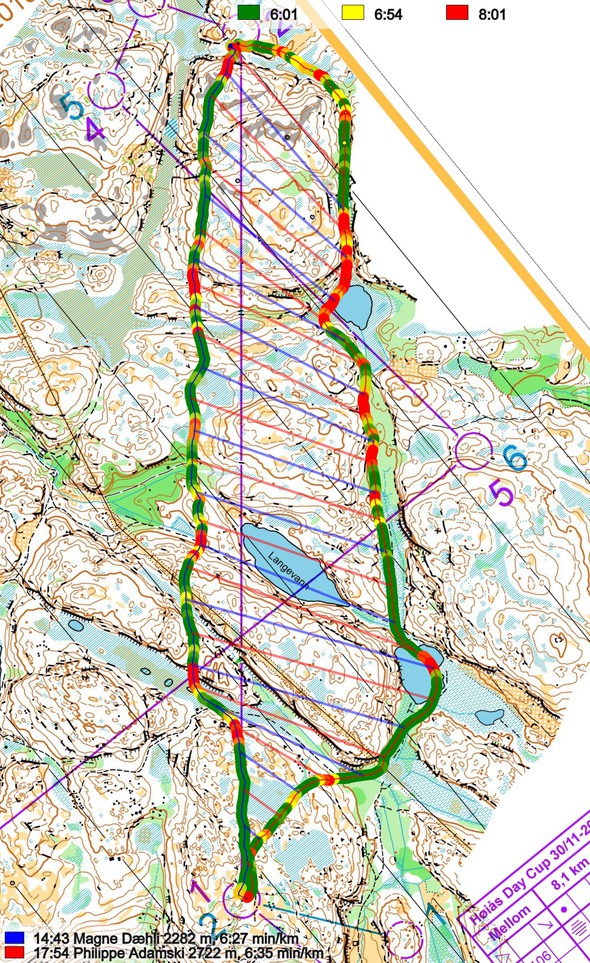
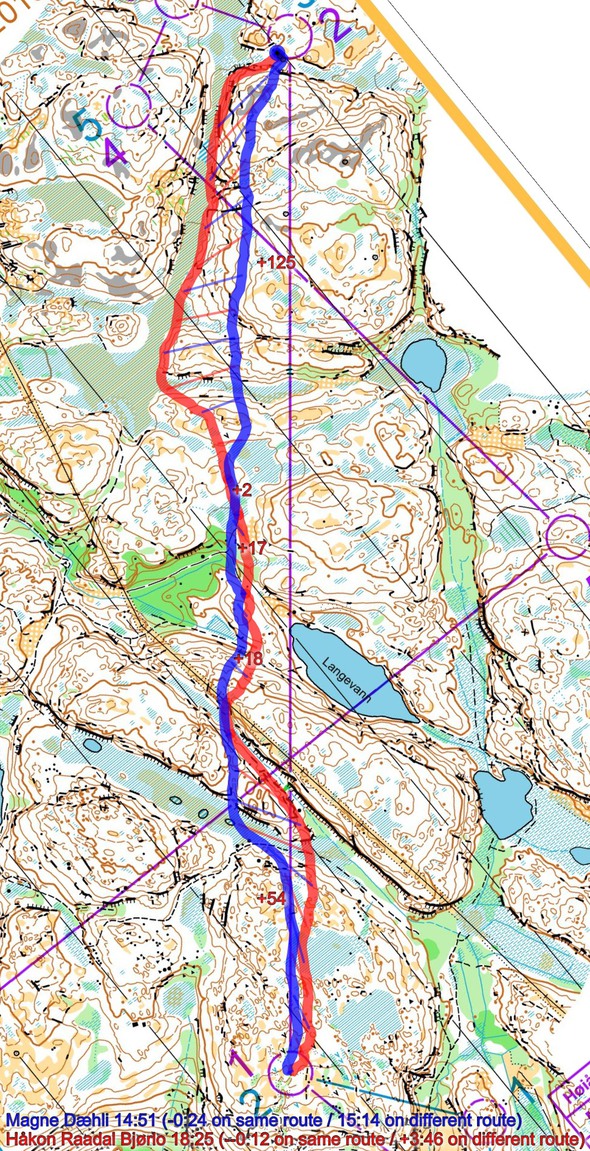
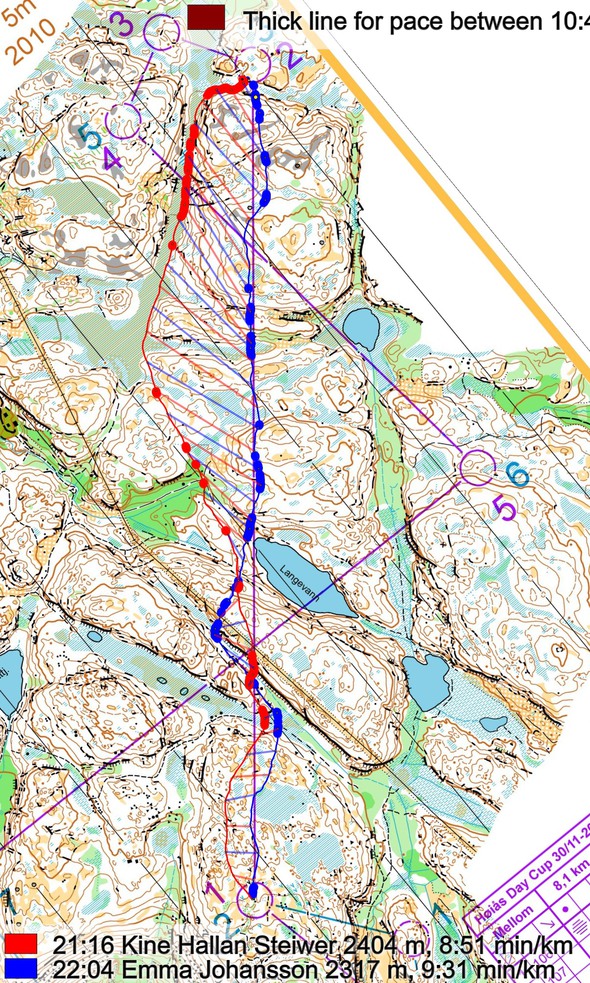
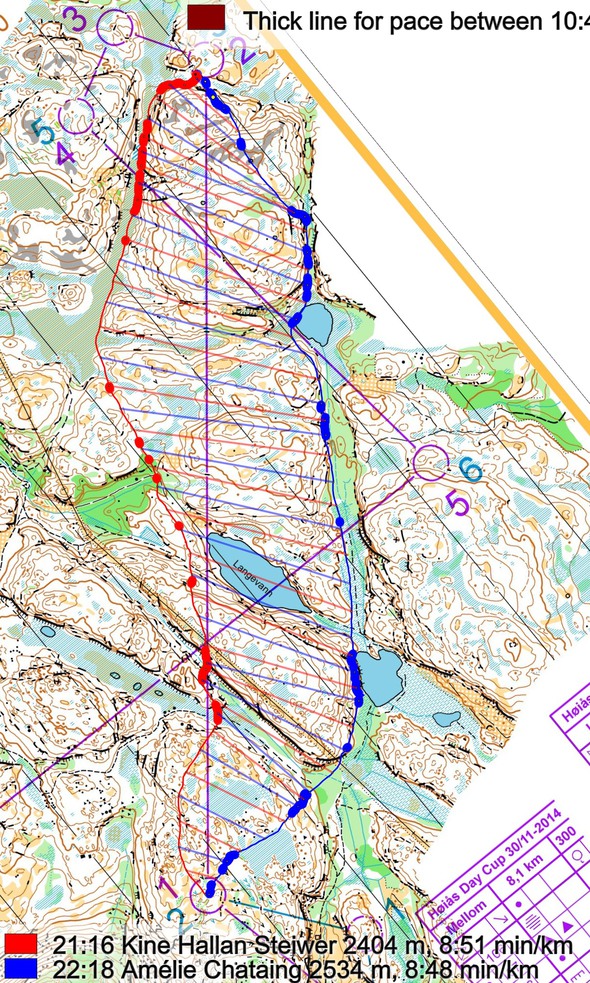

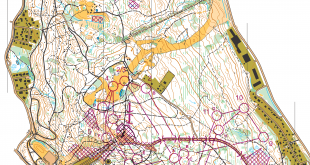
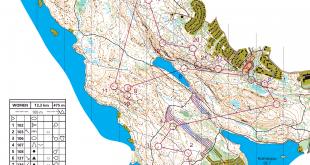
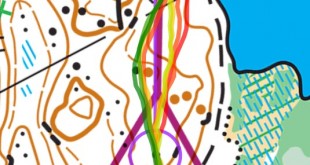
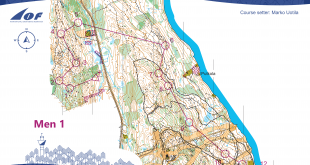
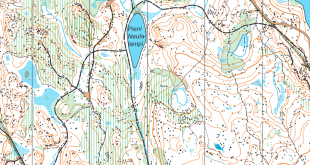
Nice leg! 😄